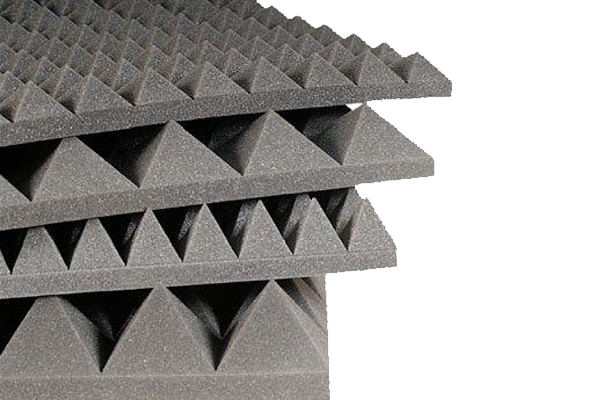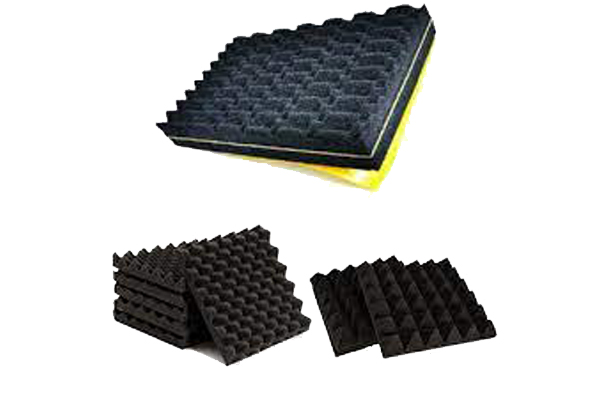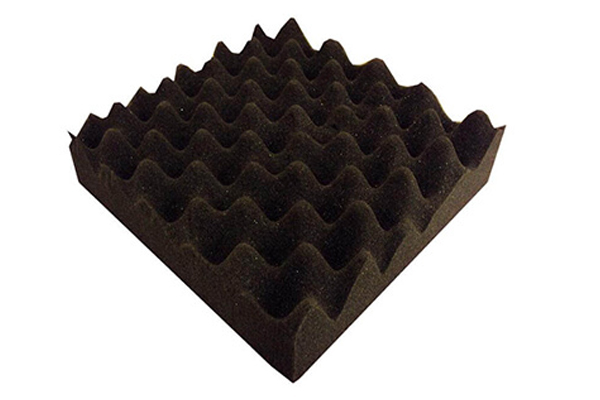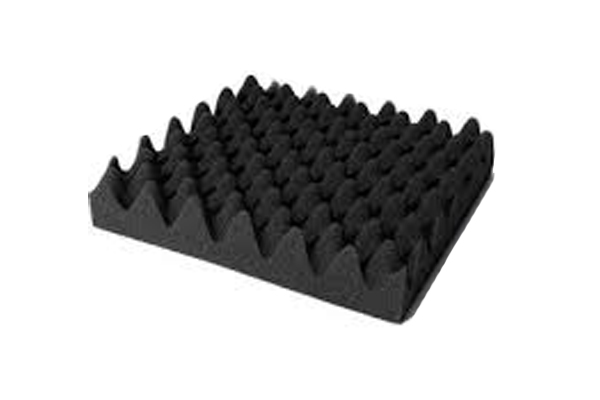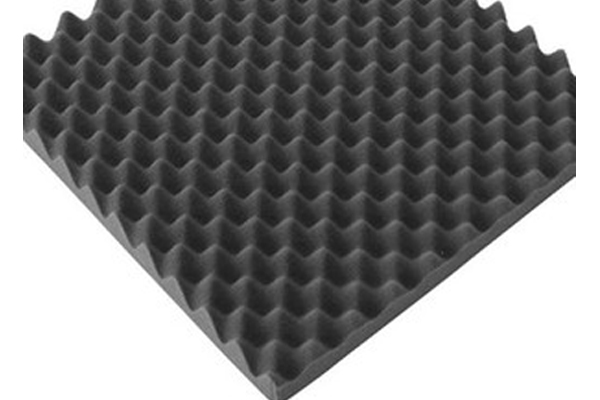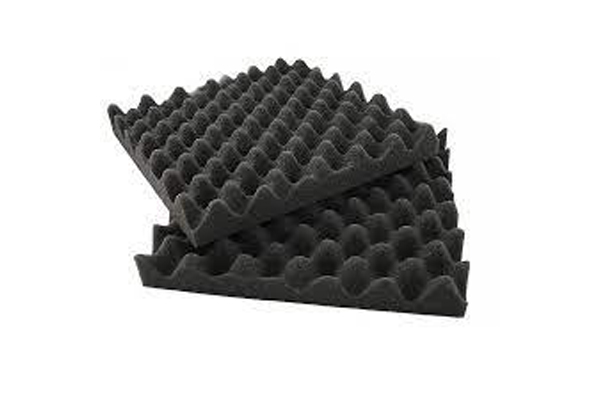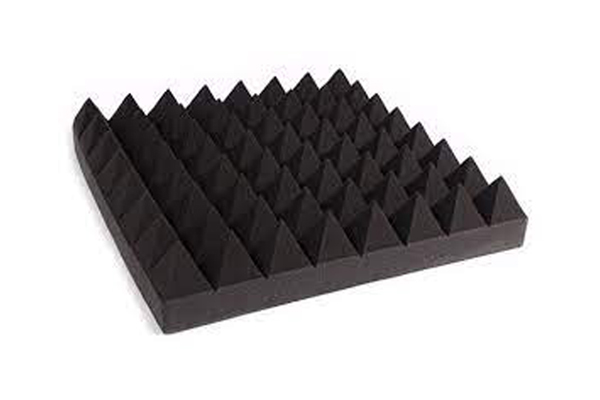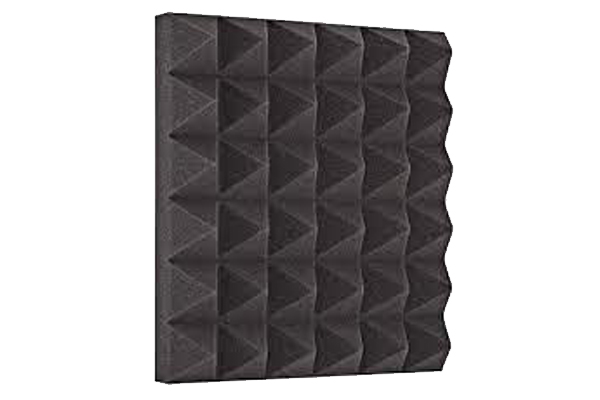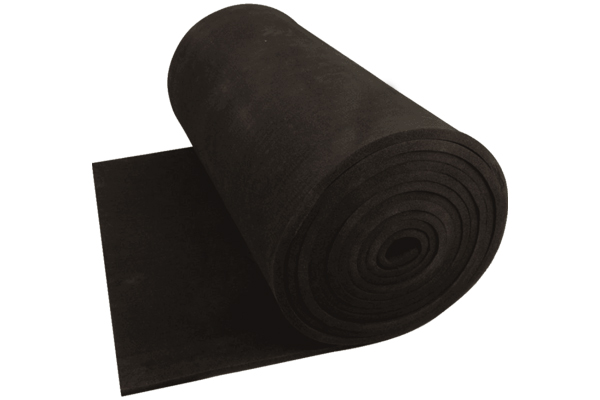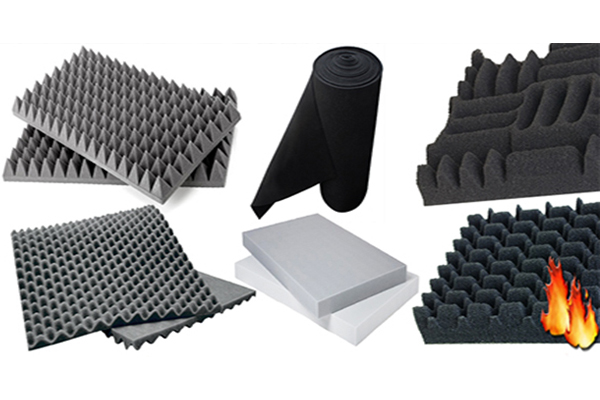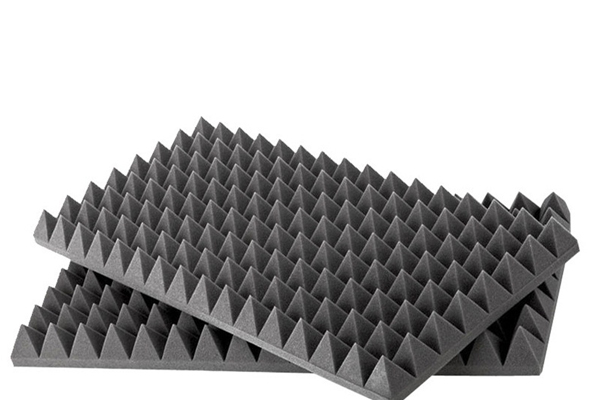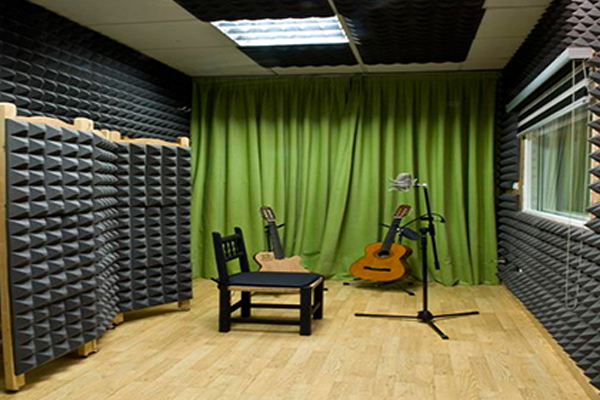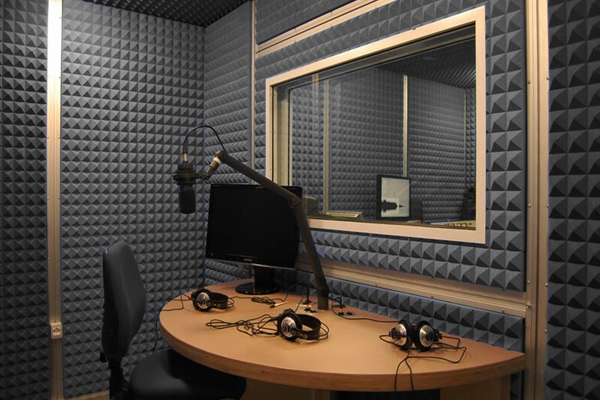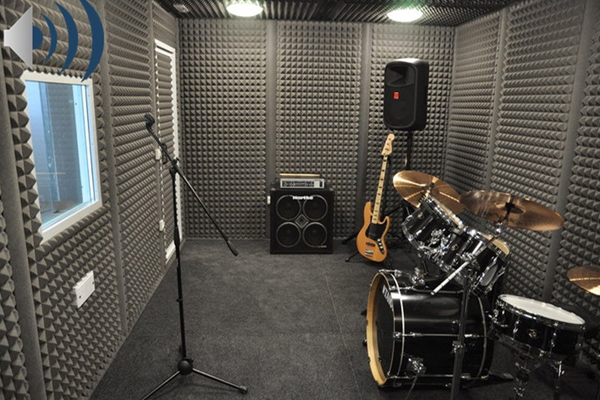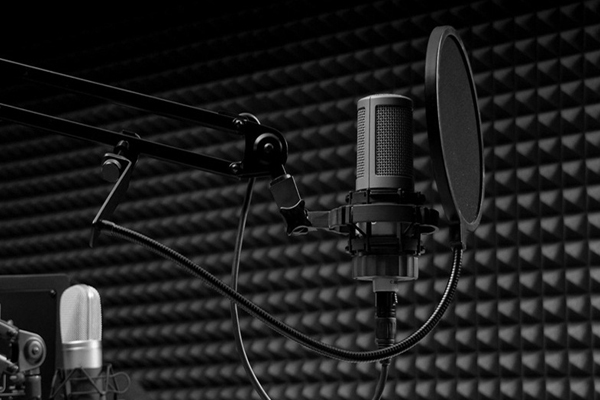SOUND INSULATION
In order to create a more peaceful and healthy living space, it is necessary to make sound insulation in order to prevent the transmission of sound from one environment to another.
In recent years, sound insulation has ceased to be a comfort and has become a necessity. With the developing construction technologies, in order to prevent sound-noise-vibration problems that disturb individuals such as sound transmission problems between apartments, sounds coming from the outside environment, loud noises from generators and technical materials, Sound and acoustic arrangement can be made by using technical materials specially produced for this subject.
Efficiency and costing will be at a much more optimum level if sound and acoustic regulation systems are taken into operation during the project design phase of the construction. In addition, sound and acoustic arrangement can be made in old and finished project areas.
MAIN AREAS WHERE SOUND INSULATION CAN BE APPLIED
on common walls
In plasterboard partition walls in interior areas of buildings
In ceiling systems
in floor systems
Under screed and parquet
In generator rooms
In machine rooms
In chiller groups
Hydrophore rooms
Devices that can make noise, such as compressors, etc. places such as application areas.
MAIN MATERIALS USED IN SOUND INSULATION
fireproof egg sponge
fireproof pyramid sponge
fireproof labyrinth sponge
sound insulation barriers
Nfaf (Pyrosorb-S) flat fireproof acoustic sponge
Barrier sponges
Double-sided barrier sponges
barrier bondex sponge
Barrier acoustic sponge
cork rubber sheet
Polyethylene mattresses etc.
ACOUSTIC SOUND ARRANGEMENT
Acoustic sound arrangement should be made in order to better perceive the sound in the environment, to hear the sound quality and clean, to balance the bass-treble sounds, to prevent unwanted echoes and vibrations.
In environments where acoustic arrangement will be made, it is necessary to create acoustic regulatory details that will prevent echo, prevent hum and prevent sound transitions. surfaces such as columns, beams, etc.) should be specially measured and materials should be applied in appropriate datay and thickness.
MAIN AREAS WHERE ACOUSTIC ARRANGEMENT CAN BE APPLIED
sound studios
sound recording rooms
Cinema, theater halls
All kinds of open office environments
Environments where high and different frequency sounds can occur, such as hotels, hospitals, schools, etc.
MAJOR MATERIALS USED IN ACOUSTIC SOUND ARRANGEMENT
fireproof egg sponge
fireproof pyramid sponge
fireproof labyrinth sponge
Acoustic fabric covered panels
Basotect sponges with melamine raw material
Acoustic floor roll carpet
Techno touch sponges etc.

